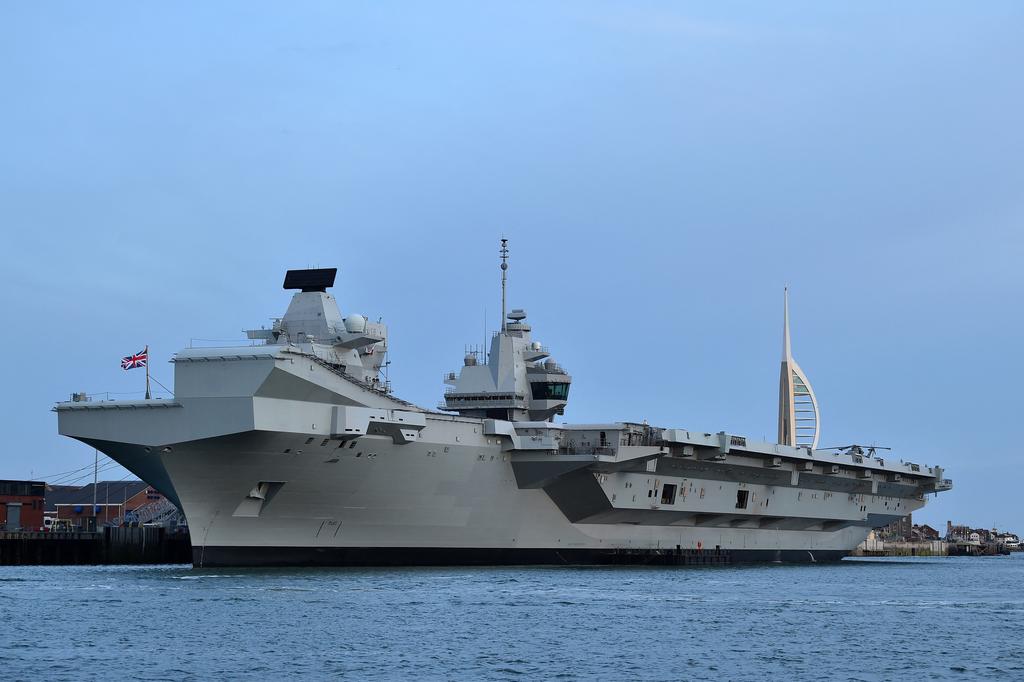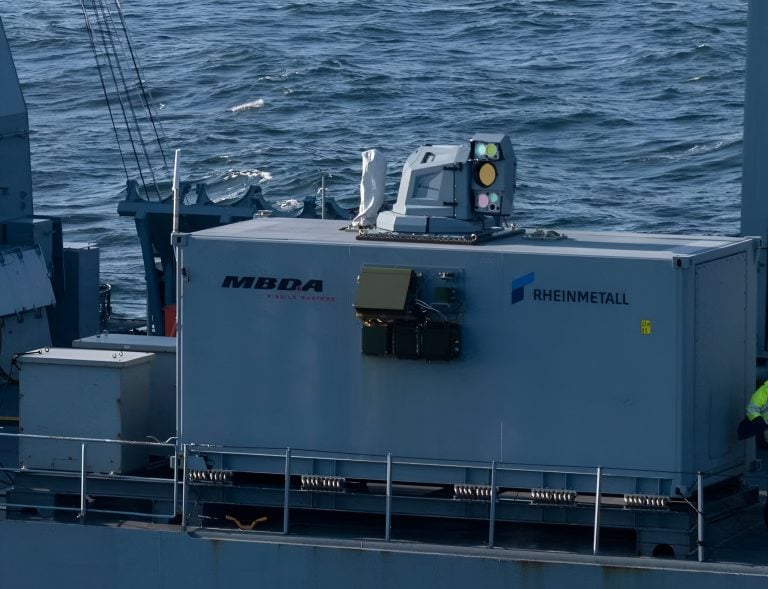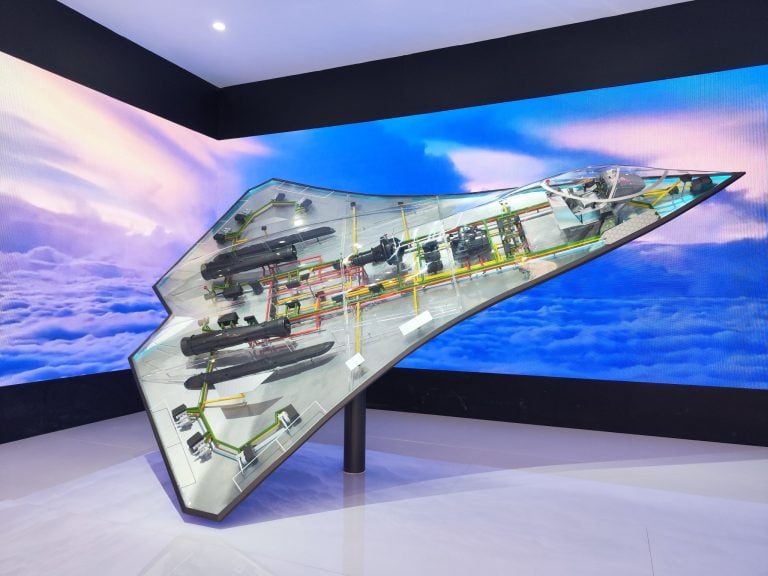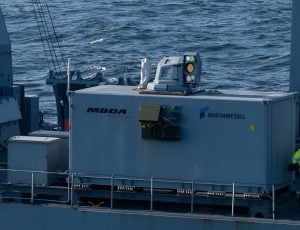The Royal Navy has announced the completion of the first unit of its next-generation electronic warfare system, the Maritime Electronic Warfare System Integrated Capability (MEWSIC). This innovative system is currently undergoing final tests and upgrades, with plans to implement it on the two Queen Elizabeth-class aircraft carriers, Type 45 destroyers, as well as the future Type 26 and Type 31 frigates.
MEWSIC has been developed by a team led by Babcock in partnership with Elbit Systems UK and QinetiQ as part of a substantial 13-year contract worth approximately £100 million ($125 million). One of the system’s primary functions is to enhance defense capabilities against anti-ship missiles.
According to the UK Ministry of Defence’s Defence Equipment & Support, the advanced EW technology integrated within MEWSIC will allow for the simultaneous detection and identification of radar signals across a significantly broader frequency range compared to existing systems. This capability is expected to facilitate quicker operational decision-making and improve situational awareness, ultimately bolstering anti-ship missile defense measures.
The initial production model is currently situated at the Elbit Systems UK facility, while the command-and-control component has already been delivered for software development.
In addition to MEWSIC, the Royal Navy is also advancing its Maritime Electronic Warfare Programme (MEWP), which includes an innovative trainable decoy launcher called Ancilia. This maritime countermeasures solution is designed to confuse anti-ship missiles by rapidly altering the angle at which decoy rounds are launched, enabling a warship to evade incoming threats without the need for evasive maneuvers.
Developed by Somerset-based Systems Engineering & Assessment, the Ancilia programme carries a budget of £135 million ($170 million) and aims to replace the current Seagnat system. Each of the Type 26, Type 31, and Type 45 warships will be equipped with two Ancilia decoys.
The Royal Navy emphasized the importance of the integration between Ancilia and MEWSIC’s Electromagnetic Warfare Command and Control. This synergy is designed to enhance anti-ship missile defense capabilities by automatically correlating detected electromagnetic emissions with the operational tactical picture. This integration will significantly boost the situational awareness of teams in the operations room, enabling them to comprehend the operational environment better and apply appropriate countermeasures with greater precision and timeliness.
As the Royal Navy prepares to field this state-of-the-art electronic warfare capability, its focus on advanced technological solutions aims to maintain a competitive edge in modern naval warfare.


















